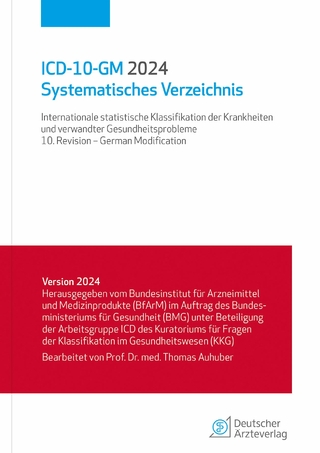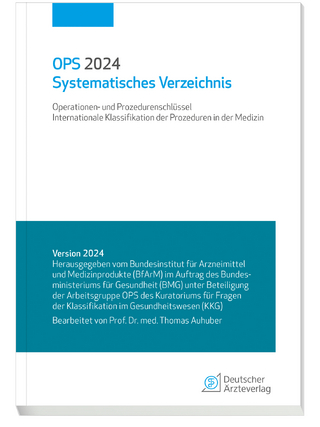
Forensic DNA Analysis
Crc Press Inc (Verlag)
978-1-4665-7126-6 (ISBN)
The book begins by discussing the value of DNA evidence and how to properly recognize, document, collect, and store it. The remaining chapters examine:
The most widely adopted methods and the best practices for DNA isolation from forensic biological samples and human remains
Studies carried out on the use of both messenger RNA and small (micro) RNA profiling
Real-time polymerase chain reaction (PCR) methods for quantification and assessment of human DNA prior to genotyping
Capillary electrophoresis (CE) as a tool for forensic DNA analysis
Next-generation short tandem repeat (STR) genotyping kits for forensic applications, the biological nature of STR loci, and Y-chromosome STRs (Y-STRs)
Mitochondrial DNA (mtDNA) sequence analysis
Single nucleotide polymorphisms (SNPs) and insertion/deletion polymorphisms (indels) in typing highly degraded DNA
Deep-sequencing technologies
The current state of integrated systems in forensic DNA analysis
The book concludes by discussing various aspects of sample-processing training and the entities that provide such training programs. This volume is an essential resource for students, researchers, teaching faculties, and other professionals interested in human identification/forensic DNA analysis.
Jaiprakash G. Shewale, Ray H. Liu
Sample Collection, Sample Storage, and DNA Extraction. Forensic DNA Evidence Collection at a Crime Scene: An Investigator’s Commentary. Optimizing Storage and Handling of DNA Extracts. Extraction of DNA from Forensic Biological Samples for Genotyping. Extraction of DNA from Human Remains. Sample Assessment. RNA Profiling for the Identification of the Tissue Origin of Dried Stains in Forensic Biology. Assessment of DNA Extracted from Forensic Samples Prior to Genotyping. STRs—Proven Genotyping Markers. Principles, Practice, and Evolution of Capillary Electrophoresis as a Tool for Forensic DNA Analysis. Next-Generation STR Genotyping Kits for Forensic Applications. Biology and Genetics of New Autosomal STR Loci Useful for Forensic DNA Analysis. Hidden Variation in Microsatellite Loci: Utility and Implications for Forensic DNA. Additional Y-STRs in Forensics: Why, Which, and When. Expanding the Genotyping Capabilities. Forensic Mitochondrial DNA Analysis: Current Practice and Future Potential. Applications of Autosomal SNPs and Indels in Forensic Analysis. Deep-Sequencing Technologies and Potential Applications in Forensic DNA Testing. Sample-to-Result STR Genotyping Systems: Potential and Status. Training. Training of Forensic DNA Scientists—A Commentary. Index.
| Zusatzinfo | 20 Tables, black and white; 29 Illustrations, color; 59 Illustrations, black and white |
|---|---|
| Verlagsort | Bosa Roca |
| Sprache | englisch |
| Maße | 178 x 254 mm |
| Gewicht | 929 g |
| Themenwelt | Informatik ► Weitere Themen ► Bioinformatik |
| Studium ► 2. Studienabschnitt (Klinik) ► Rechtsmedizin | |
| Naturwissenschaften ► Biologie ► Genetik / Molekularbiologie | |
| Recht / Steuern ► Strafrecht ► Kriminologie | |
| ISBN-10 | 1-4665-7126-8 / 1466571268 |
| ISBN-13 | 978-1-4665-7126-6 / 9781466571266 |
| Zustand | Neuware |
| Haben Sie eine Frage zum Produkt? |
aus dem Bereich


